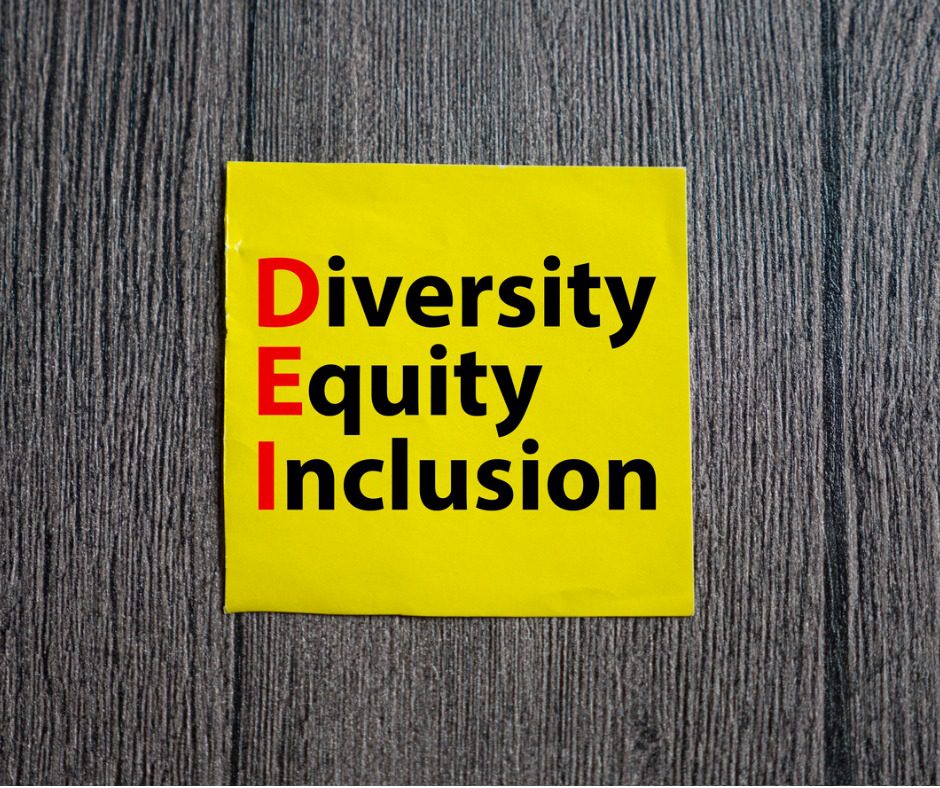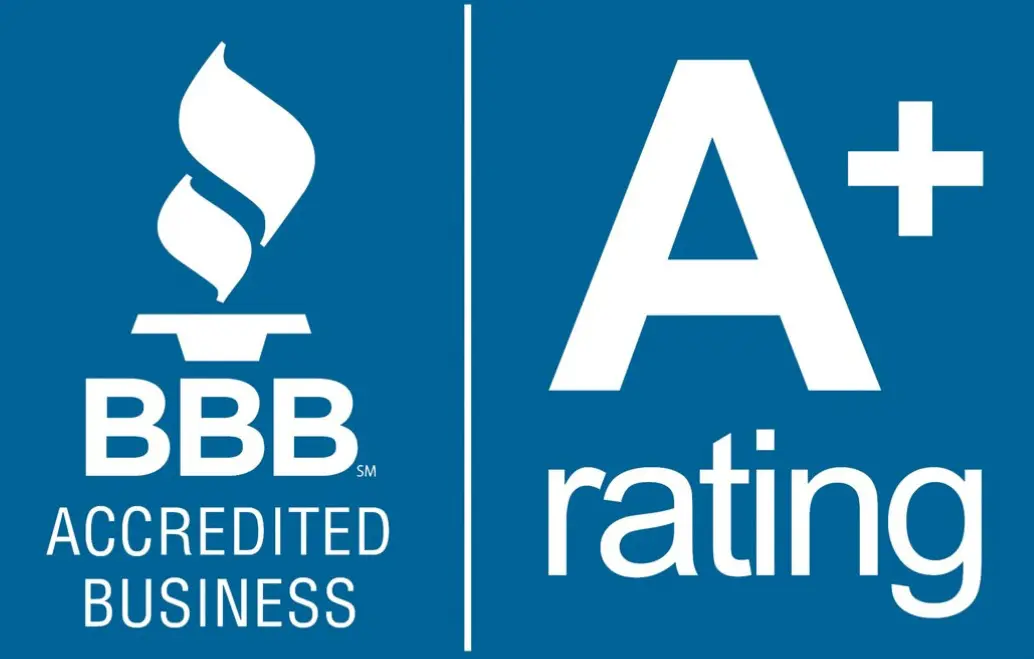Keeping Up with Diversity, Equity & Inclusion

Diversity, Equity and Inclusion initiatives seemed to be everywhere a couple of years ago. Then, they died down with some companies doing it well and others simply making a statement on their company website but not much meaningful actions.
Your employees’ sense of belonging and their connection to your company culture are critical to engagement, problem-solving and productivity. During a time when recruiting and retaining talent is still a top priority, having DEI ingrained in the culture has made it even more important that you communicate a sense of inclusion and equity in your employment branding.
Diversity, equity and inclusion starts with communication.
In a recent article “Is DEI Going to Die in 2024” by Josh Bersin, the author asserts that businesses should focus on embedding the principles of inclusion, fair pay and open-minded discussions across all business segments starting with senior leadership owning this issue. (Source: hrprofessionalsmagazine.com)
Employees want to hear from management and to be sure that they are heard as well. Luckily today’s work settings offer many ways to reach out. It’s relatively easy to strengthen your company-wide connections through messaging apps such as Slack, video conferencing via Zoom, and your regular company email.
Err on the side of too much communication to avoid misunderstandings, and make sure the communication goes both ways. Find out what issues and concerns are on your employees’ minds. Collect information through surveys, involve and empower individual employees to be voices for their departments.
Make change systemic not symbolic.
In years past DE&I has too often been seen as an add-on managed by a consultant. In order to be most effective, the initiative must be an organic part of the organization and come from a commitment at the senior level, including the CEO or someone with substantial authority. Don’t let it become a top-down, command and control style program, however, empower individual managers or team leaders to interpret and implement it as an integral part of their workday.
In a 2023 McKinsey & Co. report, five success factors, consistent in DEI initiatives, were identified yielding the most quantifiable and sustained results for underrepresented groups. The five success factors were: a nuanced understanding of the base causes; a meaningful definition of success; accountable and invested leadership; a solution designed for its specific context; and rigorous tracking process along with course correction strategies.
Keeping track keeps it working for everyone.
Be sure to create feedback loops and accumulate relevant metrics. Managers and employees should be able to see quickly and easily how they are meeting their organizations’ diversity, equity and inclusion goals. Nicole Ferrer, managing director of Diversity Recruiters, a Seattle-based staffing and recruitment company advises elevating your DE&I program by aligning metrics to the programming. “Something needs to be measurable so that it isn’t seen as a cheerleading advocacy group or an angry group just expressing dissatisfaction, I always recommend DE&I practitioners measure retention of employees of color. If these employees are not staying, then you have a problem.”
What about in-office and hybrid work environments?
A recent *resumebuilder.com *survey of 1,000 company decision makers revealed that 90% of companies with office space will have returned to the office by the end of 2024. However, remote and hybrid work settings continue to gain wide acceptance when the job allows. This is apparent when viewing the number of job openings listing remote or hybrid settings. Regardless of the new work environments, companies have been presented with an opportunity to reflect on how they are dealing with the important issues of diversity, equity and inclusion.
If you need advice on how to make this strategy work for your company, we can help. Contact Cisso Bean & Dutch today to partner with skilled HR experts that can help you benefit from a more inclusive work environment.

